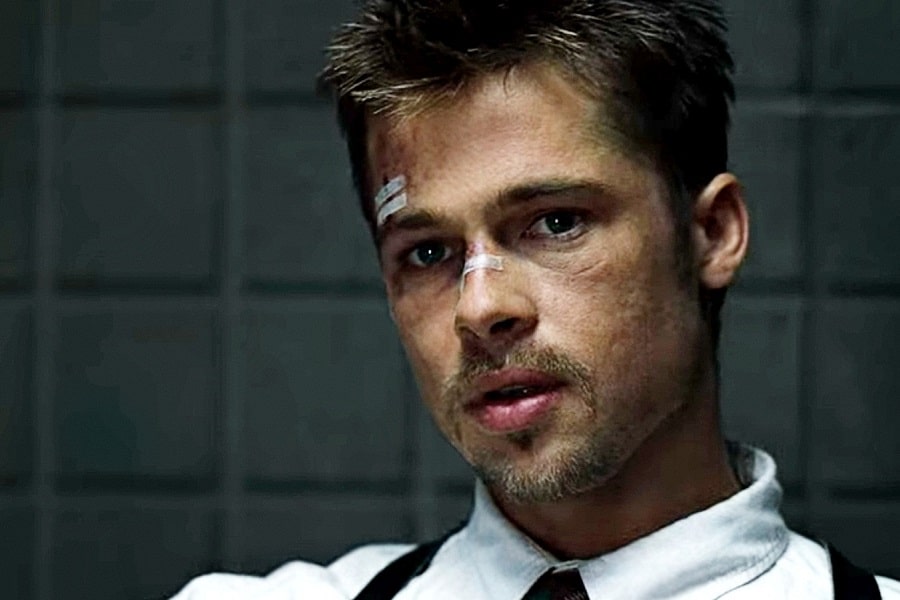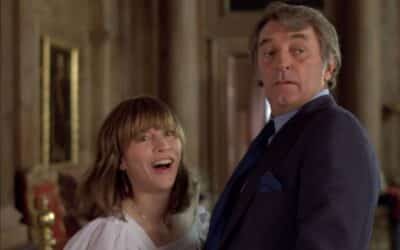
Twists, Hooks, and Reveals
In a well-crafted mystery, whether on screen or in the pages of a book, it’s not just the characters and plot that keep audiences glued to their seats or flipping pages into the wee hours of the night. It’s the seamless weaving of hooks, twists, and reveals that creates an intricate and compelling narrative. Let’s delve into the world of mysteries to understand how these components shape a spine-chilling tale.
Picture a quaint setting where nothing seems amiss, and yet a lingering shadow of intrigue is cast on the very first page or in the initial scene. This is the hook – a tantalizing lure that draws in the audience, presenting them with a puzzle or a question that refuses to leave their mind. It acts like a siren song, encouraging them to venture deeper into the labyrinthine world that awaits them.
For instance, in the classic television series “Twin Peaks”, the hook is the sudden and mysterious death of homecoming queen Laura Palmer. This event brings the FBI to the small and seemingly idyllic town, uncovering layers of secrets and dark underbellies. Likewise, the legendary novel “Gone Girl” introduces us to the disappearance of Amy Dunne, setting in motion a cascade of investigations, media frenzy, and unexpected turns. Hooks in mysteries are akin to the inviting yet eerie entrance of a maze that promises both adventure and peril.
But a mystery would be no fun if it travelled in a straight line, offering no deviations or detours. Here is where a twist comes into play, bringing along with it a gust of fresh air and changing the direction of the narrative unexpectedly. A twist is a narrative element that defies the expectations of the audience, sometimes gently and at other times with a force that leaves them reeling.
In the realm of film, the movie “Se7en” stands as a prime example of a masterful twist. Just when the audience begins to think they understand the modus operandi of the sadistic serial killer, they are presented with an entirely unexpected and gut-wrenching turn of events. On the literary front, Agatha Christie’s “The Murder of Roger Ackroyd” serves as a testament to her ability to conjure plot twists that have left generations of readers gaping in disbelief. These twists act like sudden drops in a roller coaster ride, adding an exhilarating rush to the journey of unravelling a mystery.
Moving along the narrative, as the pieces of the puzzle gradually start to come together, there comes a moment of clarity, a window through which the light of truth shines. This is the reveal – a carefully orchestrated moment where the curtains are lifted, laying bare the answers that were shrouded in darkness. A reveal not only ties up loose ends but also provides a satisfying closure, often leaving a lasting impact.
Consider the finales of renowned TV series such as “Breaking Bad”, where Walter White’s journey reaches a dramatic and intense conclusion, laying bare his transformation and the repercussions of his actions. Or the unveiling of the mastermind in the book “And Then There Were None”, another brilliant piece by Christie, where the identity of the killer is disclosed in a posthumous confession, providing a grim resolution to the chilling tale. These reveals are like reaching the end of a complex maze, where the full picture finally comes into view, making the trip worthwhile.
However, it is crucial to remember that the art of crafting mysteries is not just about sprinkling hooks, twists, and reveals haphazardly. It’s about weaving them together in a manner that feels organic, building a symphony of suspense and surprise where each note complements the other. The key lies in maintaining a delicate balance, allowing the audience to savor each element while keeping them hungry for what comes next.
Moreover, these elements are not restricted to their respective domains; they often overlap, creating intricate layers of complexity. A hook might conceal a twist, a twist might lead to a reveal, and sometimes, a reveal might even circle back to the original hook, presenting the narrative in an entirely new light. It’s this interplay between hooks, twists, and reveals that keeps a mystery dynamic, engaging, and a few steps ahead of its audience.
Furthermore, it is fascinating to note how different mediums employ these elements to their advantage. In books, the mystery unravels at a pace dictated by the reader, allowing them to ponder, theorize, and even flip back to previous pages as they connect the dots. The textual medium offers a rich playground for planting subtle hints, fostering deep connections with characters, and constructing intricate plots that stand the test of time.
On the other hand, television and film employ visuals and sounds to enhance the mystery experience. The quick change of scenes, the play of light and shadow, the nuances of a background score, all contribute to building a rich and immersive mystery landscape. Here, the audience is led by the hand of the director, who decides the pace at which the mystery unfolds, skillfully using hooks, twists, and reveals to keep the audience on the edge of their seats.
Regardless of the medium, a mystery, when woven with a deft hand, succeeds in entrapping its audience in a web of intrigue and suspense. It becomes a living entity, evolving with each revelation, keeping hearts racing and minds buzzing. The ultimate joy of a mystery lies in the chase, in the gradual unveiling of a carefully crafted narrative that uses hooks to lure, twists to bewilder, and reveals to astonish.
Thus, as one navigates through the dark alleys and hidden corners of a mystery, they embark on a journey that promises excitement, fear, surprise, and satisfaction in equal measures. In this captivating dance of hooks, twists, and reveals, mysteries unfurl their dark yet enchanting wings, inviting audiences to lose themselves in worlds where nothing is as it seems, where every truth hides another lie, and where the journey is as exhilarating as the destination.
And as the last page turns or the credits roll, one can’t help but marvel at the craft that goes into building a mystery that enthralls, shocks, and ultimately, reveals the hidden truths of the human condition. It’s an experience that transcends time, beckoning audiences to return, to explore, to lose and find themselves again in the complex and captivating world of mysteries.
Similar Features
Locked Room Mysteries
Unraveling the Enigma of Impossibility
Whodunnit Mysteries
The spine-tingling genre that keeps readers on the edge of their seats
Mysteries of the 1970s
A Golden Era for Mysteries



